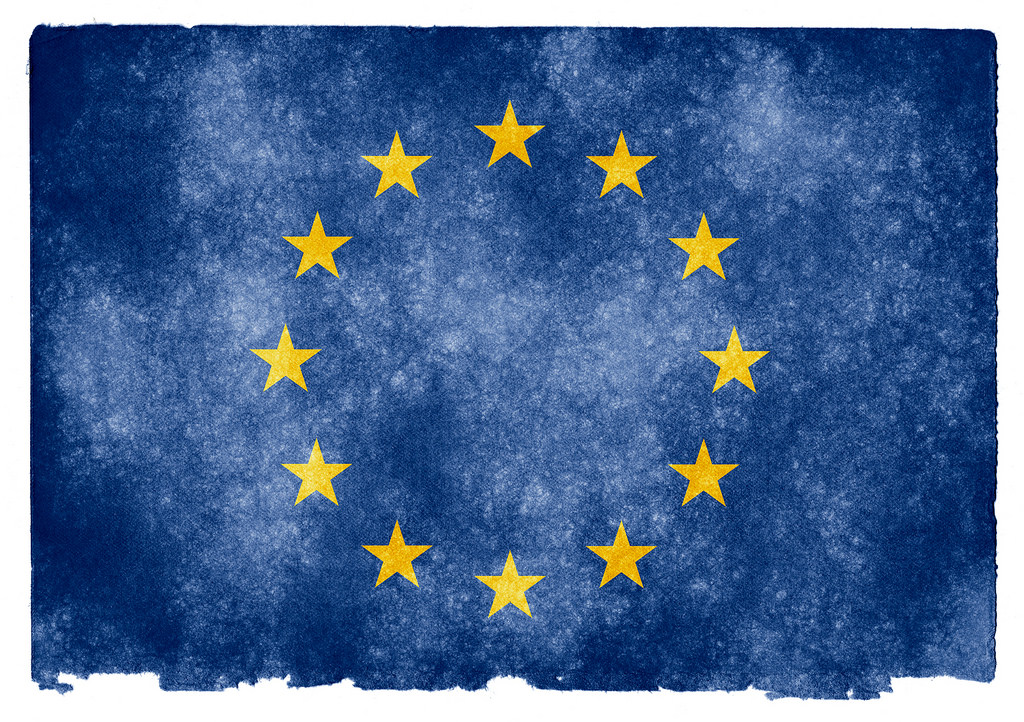EU continues to ban US travelers even as it reopens borders to other nations
07/01/2020 / By Franz Walker

The European Union is reopening its borders after its months-long battle with the coronavirus. But Americans won’t be crossing over the pond anytime soon, as the EU is looking to bar entry following the perceived failure of the U.S. to control the Wuhan coronavirus.
The U.S. was notably absent from the list released by the European Council on Tuesday. The list – which identifies the countries set to have their restrictions lifted starting July 1 – includes Algeria, Australia, Canada, Georgia, Japan, Montenegro, Morocco, New Zealand, Rwanda, Serbia, South Korea, Thailand, Tunisia, and Uruguay. The EU says that China will also be allowed entry – if it allows reciprocates and allows arrivals from the bloc.
List based on lowered infection rates
The EU selected the countries in the list based on a combination of epidemiological criteria. The bloc has set its average number of infections over the past two weeks – which is currently 16 per every 100,000 – as the benchmark. Countries whose infection rates fall below that, and who are showing a general decline in infection rates, are included in the list. The U.S. falls short of that benchmark with 107 new cases per 100,000.
The list, coupled with the bloc’s reopening, is aimed at boosting its battered tourism industry. The sector is one of the bloc’s biggest, typically accounting for around 10 percent of its economic output.
The big question now is how uniformly the list will be adopted. The commission cannot force its member states to adopt it. Instead, these states were given the option of opening their country to fewer countries than the full list while strongly being discouraged from allowing travel from other countries.
The European Commission has no direct control over border issues; it will ultimately be up to each member state to follow the list. Prior to this, there have already been exceptions to the rules. Spain has been allowing in flights from outside the bloc while Cyprus has allowed travel from Israel.
In addition, the previous travel ban didn’t apply in Ireland, which isn’t in the EU’s border-free Schengen zone as it has a common travel area with the United Kingdom. Meanwhile, residents from the latter are allowed into the E.U. under a post-Brexit transition agreement.
Travel bans reflective of relations between EU and U.S.
A ban on American travelers by the EU is an ironic echo of how things played out during the earlier phases of the pandemic. In March, when Europe was still the pandemic’s epicenter, President Donald Trump infuriated European leaders when he banned citizens from most EU countries from traveling to America. Trump justified the move as necessary to protect the U.S., which only had around 1,100 coronavirus cases at the time.
Back then, the EU released a strongly worded statement saying that it “disapproves of the fact that the U.S. decision to impose a travel ban was taken unilaterally and without consultation.”
Following this, in late May and early June, Trump stated that the region was “making progress.” He hinted that some restrictions would be lifted soon, though nothing has happened yet.
Since then, the tables have been turned, with the EU having mostly curbed the outbreak while the U.S. continues to see new infection surges.
As of reporting time, the U.S. is still the global epicenter of the pandemic with over 2.6 million cases and over 127,000 deaths, according to data from Johns Hopkins University.
The ban on American travelers entering the EU will likely have significant economic ramifications. In previous summers, American tourists would flock to Europe in the millions. Also, business travel to the region is also common, given the huge economic ties between both.
Despite the foreseen disruptions, EU officials involved have said that it was highly unlikely that an exception would be made for the United States. The list of acceptable countries was created using only scientific criteria, and the process was made as nonpolitical as possible.
According to these officials, including the U.S. now would represent a complete flouting of the bloc’s reasoning. However, they conceded that the U.S. could be added later to the list, which is set to be revised every two weeks based on updated data on infection rates.
Follow Pandemic.news for more on how the coronavirus has affected global travel.
Sources include:
Tagged Under: border security, coronavirus, covid-19, disease, EU, Europe, European Union, Flu, infections, Open Borders, outbreak, pandemic, quarantine, superbugs, travel, travel ban, virus



















